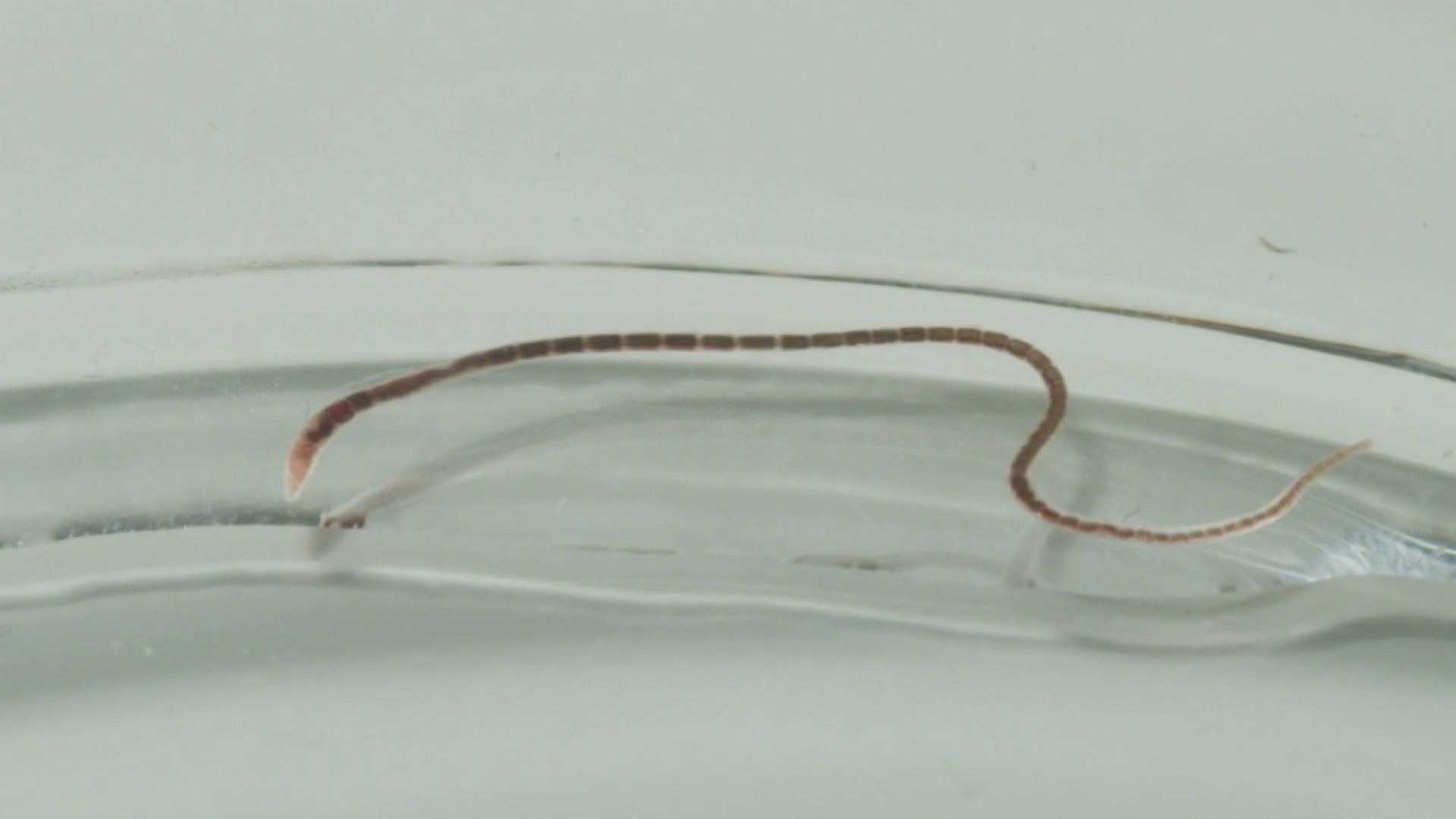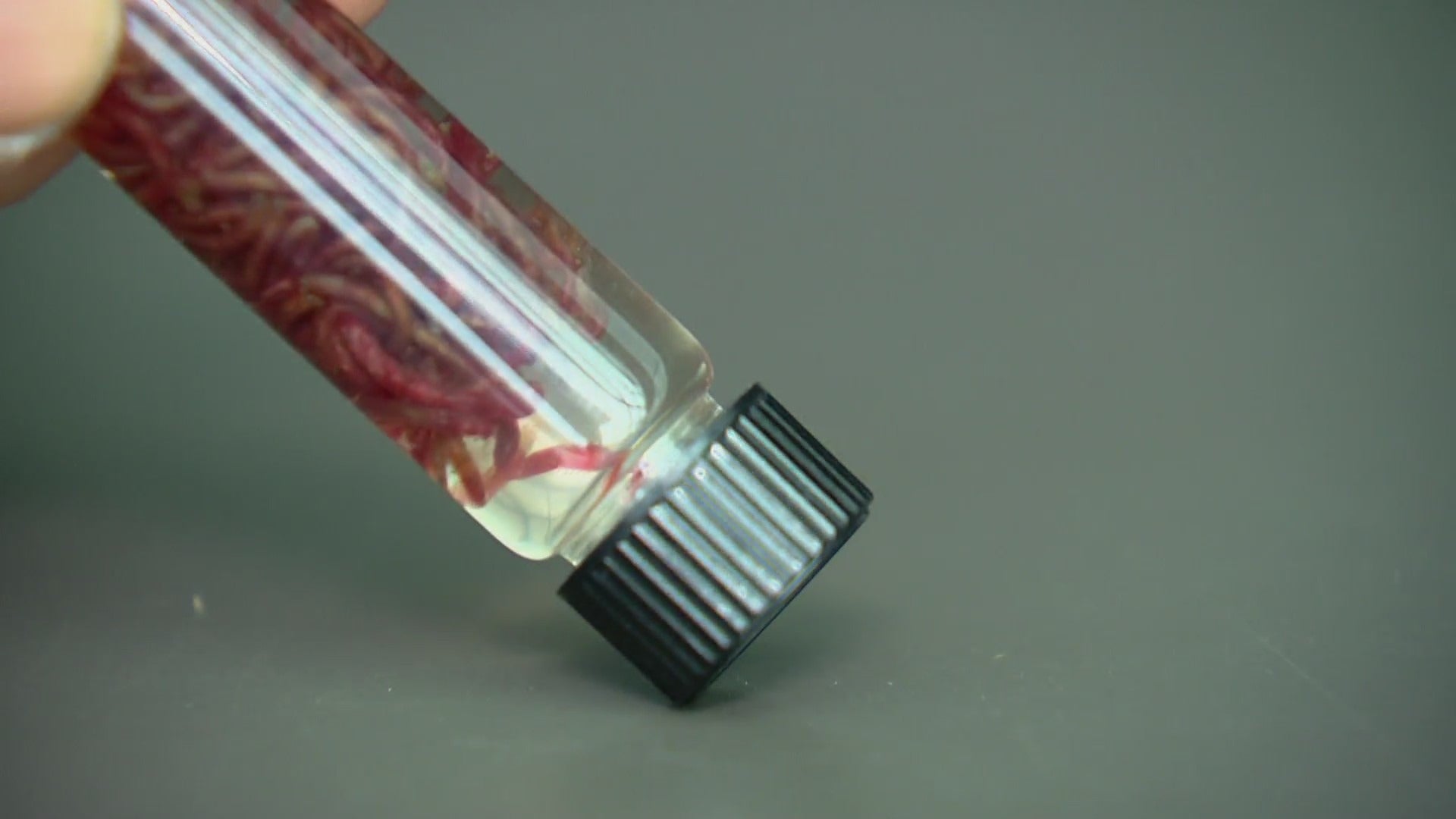Denver Researcher Discovers New Worm Species In Steamboat Springs 'Sulphur Cave'
(CBS4) -- As a research associate for the Denver Museum of Nature and Science, David Steinmann is accustomed to crawling through caves for a living. And a discovery he made in a toxic cave in Steamboat Springs is prompting a new research project.

The cave is called "Sulphur Cave," and there are only about 12 known of their kind in the world.
"My friends in my caving club found out about it," Steinmann said. "It's about a foot-and-a-half wide. Then you crawl, and the cave is 200-feet long, as long as a bowling alley. Sometimes you're stooping and standing, and it's pitch dark of course," he laughed. "I go in there with special permission from the city."

It's filled with the aroma of sulfide, and there's an extreme lack of oxygen inside the cave. It's not normally a place that would be conducive to life.
"When I went in, I immediately saw large masses of blood-red worms on the floor and on rocks and in big globs ... 100,000 worms. We believe they've been evolving for tens of thousands of years if not longer," Steinmann said.

This new worm never sees the light of day, thriving on a lack of oxygen. They're called "extremophiles," and they have the potential to help humans.
"There's a new lab in France looking for extremophiles," Steinmann said. "There may be antibiotic aspects. They could also help people with anemia."
Some of the worms are now housed at DMNS, as research continues. He says, frankly, he's still in awe of the discovery.
"To be able to go in a cave that's relatively unvisited and pristine and find a new species in Colorado is interesting," Steinmann said. "And it also allows us to see in our backyard that there's new species to be discovered."



